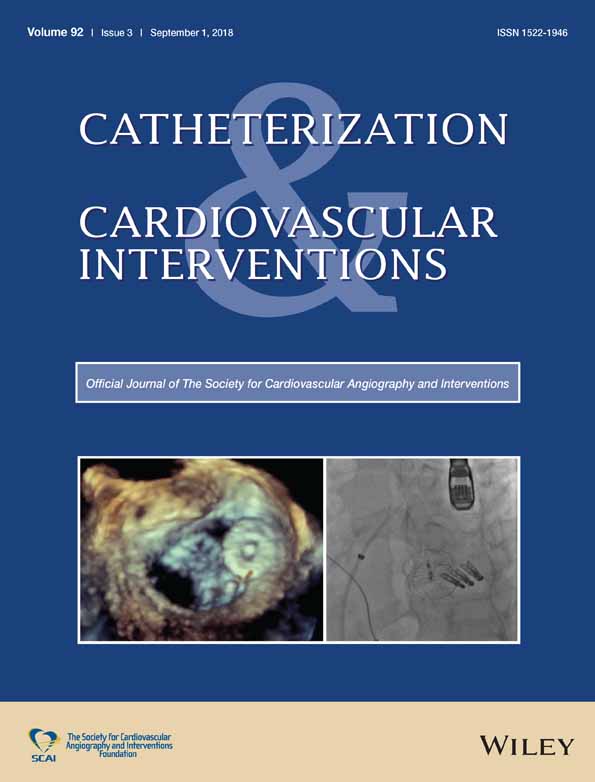A retrospective study of radiation dose measurements comparing different cath lab X-ray systems in a sample population of patients undergoing percutaneous coronary intervention for chronic total occlusions
There was no involvement of industry in this retrospective study
Abstract
Objectives
A retrospective study was performed to investigate if the generation of X-ray system used was an independent factor for radiation dose in chronic total occlusion (CTO) percutaneous coronary intervention (PCI).
Background
PCI procedures for CTOs are known to be associated with higher doses of radiation. The authors suspected progressive reductions in radiation doses for CTO PCI as newer X-ray systems were introduced into clinical practice.
Methods
Procedures performed over a five-year period by three interventional cardiologists were retrospectively reviewed. Five different X-ray systems were used across three hospital sites. These included: Axiom Artis and Coroskop HIP (both Siemens), Innova (GE), Allura Xper FD 10, and Allura Clarity FD 10 (both Philips). Procedural and demographic data including body mass index (BMI; kg/m2), fluoroscopy time (min), and dose area product (DAP; cGycm2) were collated for each procedure. Statistical analysis was performed to compare the influence each X-ray system would have on DAP values after BMI and fluoroscopy time were controlled for.
Results
In total, 860 procedures were analyzed. Mean fluoroscopy time was 40.00 ± 19.99 min, mean BMI was 29.90 ± 5.13 kg/m2, mean DAP 11,980 ± 7,947 cGycm2. Log values of DAP were used to normalize results in a general linear model. A significant statistical difference in DAP between X-ray systems was demonstrated after fluoroscopy time and BMI were controlled for (P ≤ 0.001).
Conclusion
There is a significant impact on DAP values resulting from the generation of X-ray system used, measured during PCI for CTOs, with the most modern systems producing the lowest radiation doses.
CONFLICT OF INTEREST
The authors declare that there is no conflicts of interest.




